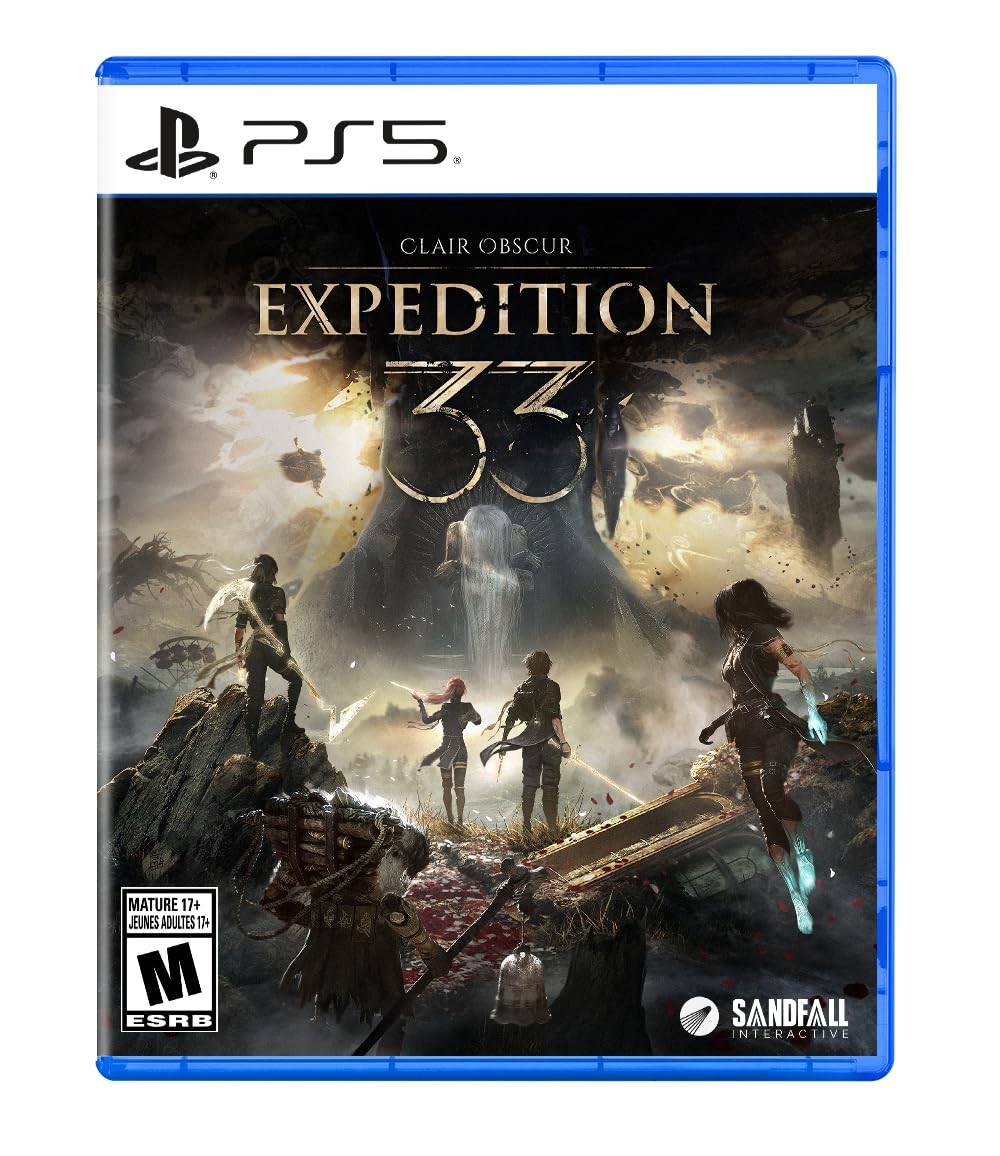Assassin’s Creed Shadows marks the latest chapter in the iconic franchise, uniquely set during the feudal Japan era of the Sengoku period in 1579. This setting positions the game at the midpoint of the Assassin’s Creed series timeline, which famously jumps through history rather than progressing in a linear fashion. From the ancient Peloponnesian War in 431 BCE to the dawn of World War I, the series explores pivotal historical events across different eras.
With 14 mainline games and counting, the narrative web of Assassin’s Creed has grown increasingly intricate. IGN has meticulously analyzed every piece of lore to construct a comprehensive timeline, detailing the chronological sequence of key events across the series. This timeline spans centuries, weaving together the overarching story and the connections between each game.
The Isu Era
75,000 BCE
To fully understand the timeline, we must delve into the lore. In the distant past, a highly advanced civilization known as the Isu ruled the earth. These god-like beings engineered humanity as their workforce, maintaining control through the use of powerful artifacts called the Apples of Eden. However, resistance was inevitable. Two humans, Eve and Adam, stole an Apple of Eden and sparked a rebellion against the Isu.
The ensuing war lasted a decade until a cataclysmic solar flare struck, annihilating the Isu. Humanity, though decimated, rose from the ashes to inherit the earth, setting the stage for the historical saga of the Assassin’s Creed series.
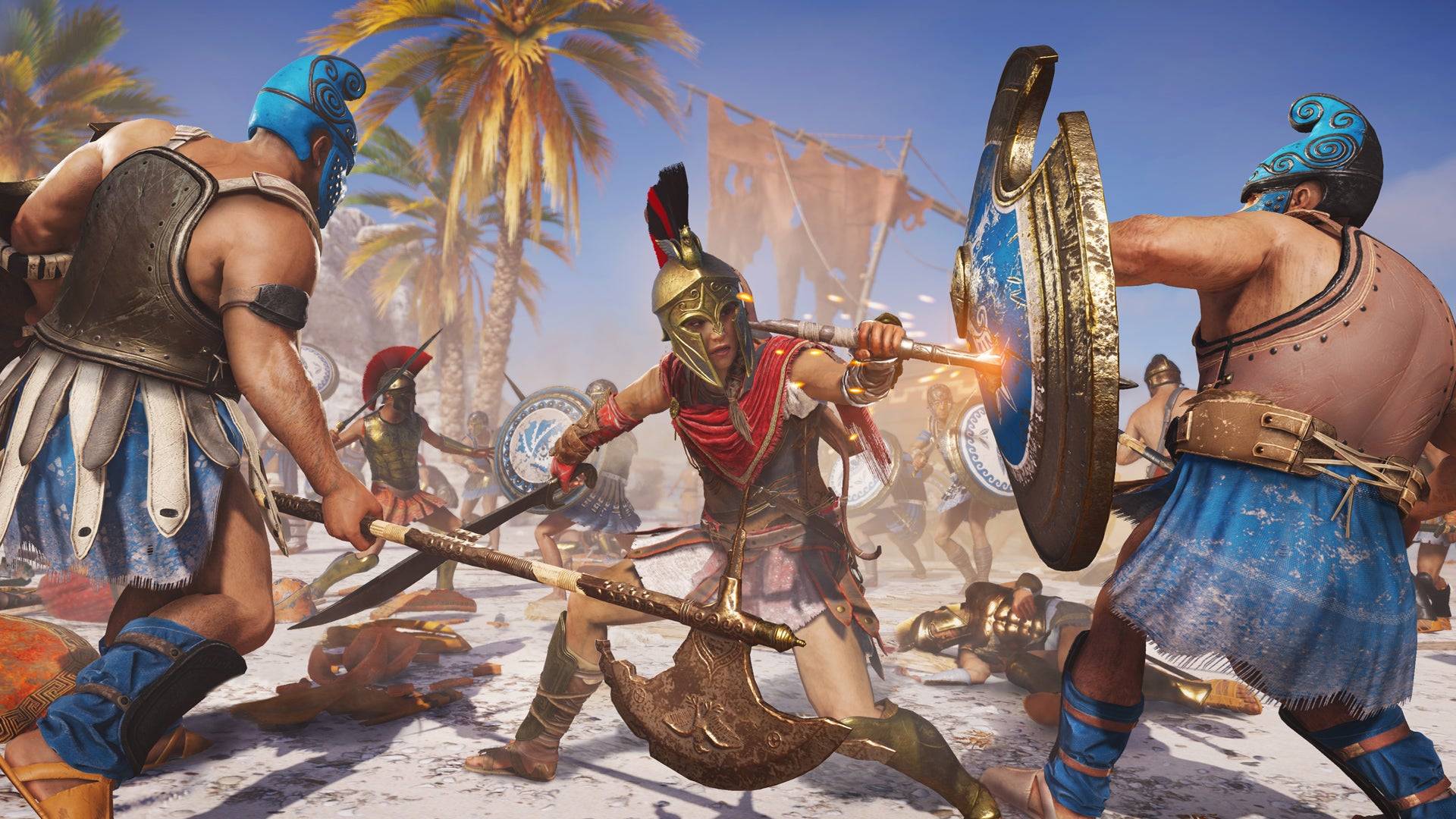
Assassin’s Creed Odyssey
431 to 422 BCE - Peloponnesian War
Amidst the Peloponnesian War, mercenary Kassandra uncovers the Cult of Kosmos, a secretive group manipulating the conflict. Her journey reveals that her brother Alexios, kidnapped by the Cult in childhood, has been transformed into a powerful weapon due to their shared lineage with the legendary Spartan King Leonidas, a direct descendant of the Isu.
Kassandra's mission to thwart the Cult’s control over Greece leads her to an Isu device capable of forecasting potential futures. By eliminating the Cult's key members and destroying this device, she ends the war. Her quest also reunites her with her father, Pythagoras, who entrusts her with the Staff of Hermes, an Isu artifact granting immortality, and tasks her with safeguarding Atlantis.

Assassin’s Creed Origins
49 to 43 BCE - Ptolemaic Egypt
During Cleopatra's reign, Bayek, a peacekeeper, is kidnapped by the Order of the Ancients, another shadowy group linked to the Cult of Kosmos. Seeking to unlock an Isu vault using Bayek's bloodline, the Order inadvertently causes the death of his son during his escape attempt. Driven by grief and vengeance, Bayek and his wife Aya dismantle the Order, which has infiltrated Egypt's highest echelons.
Discovering the Order's global reach and their aim to control politics and religion using the Apples of Eden, Bayek and Aya form the Hidden Ones, a secret society dedicated to opposing this oppression from bases in Egypt and Rome.

Assassin’s Creed Mirage
861 - Islamic Golden Age
A century later, the Hidden Ones have expanded their influence, establishing strongholds like Alamut in Iran. Here, Basim, a street thief from Baghdad, is trained as an assassin to investigate the Order of the Ancients' activities. His investigations uncover an Isu temple beneath Alamut, where he discovers a high-tech prison once holding Loki, an Isu revered as a Norse god. Learning of his past life as Loki, Basim vows to seek revenge on those who imprisoned him.
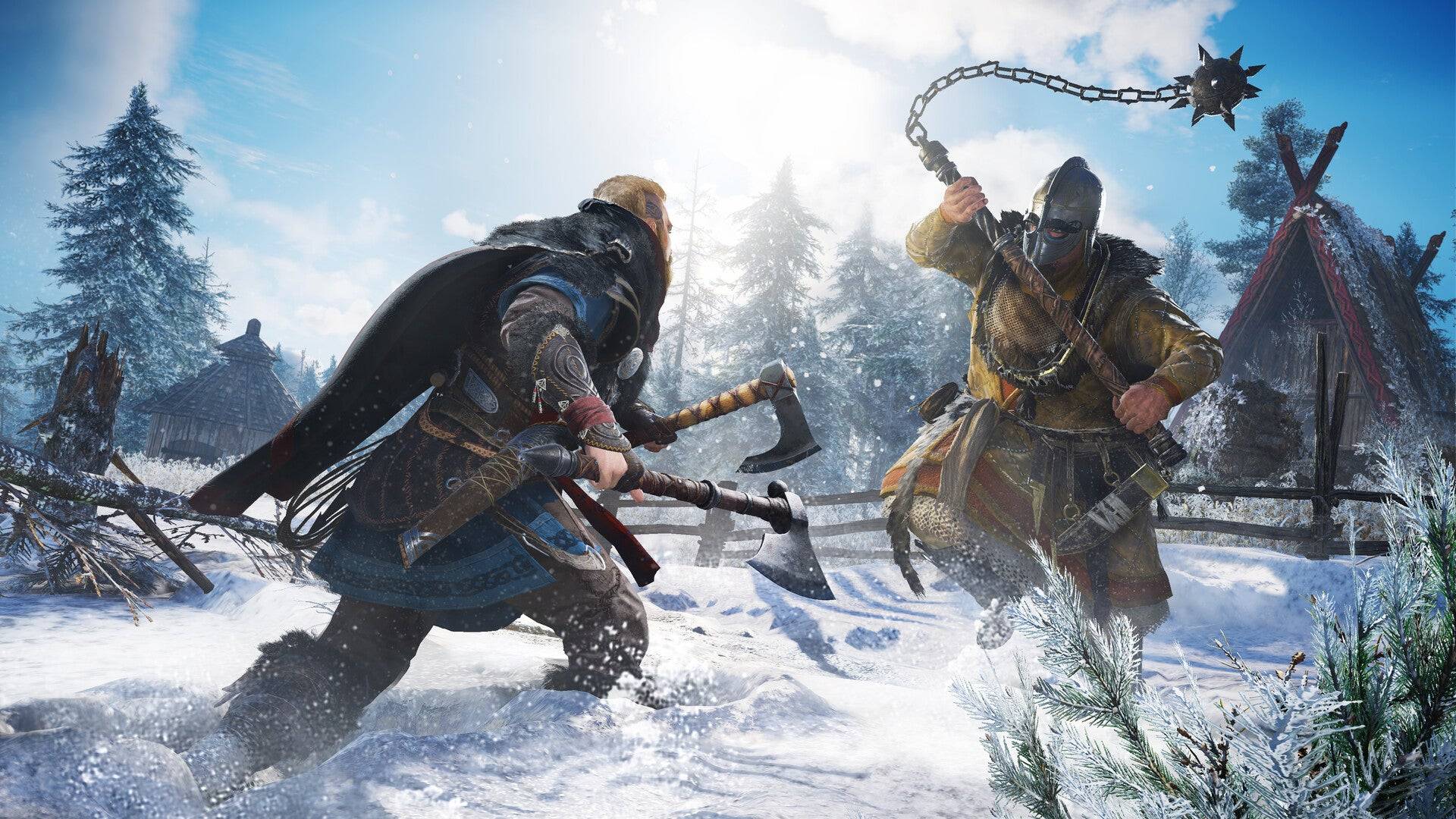
Assassin’s Creed Valhalla
872 to 878 - Viking Invasion of England
In the subsequent decade, Basim accompanies a Viking clan to England to pursue the Order of the Ancients. Sigurd and his sibling Eivor seek allies to establish their settlement, Ravensthorpe, while combating the tyranny of King Alfred, a key member of the Order aiming to impose a Christian regime.
An Isu artifact triggers visions in Sigurd, leading him to believe he is a god. Basim reveals to him that Eivor and Sigurd are reincarnations of Odin and Týr, Isu who once imprisoned Loki. In a bid for revenge, Basim attacks them, but Eivor traps him in a simulated world generated by the Yggdrasil tree. Sigurd, shaken by the ordeal, relinquishes leadership to Eivor, who returns to England to defeat King Alfred and solidify their settlement's future.
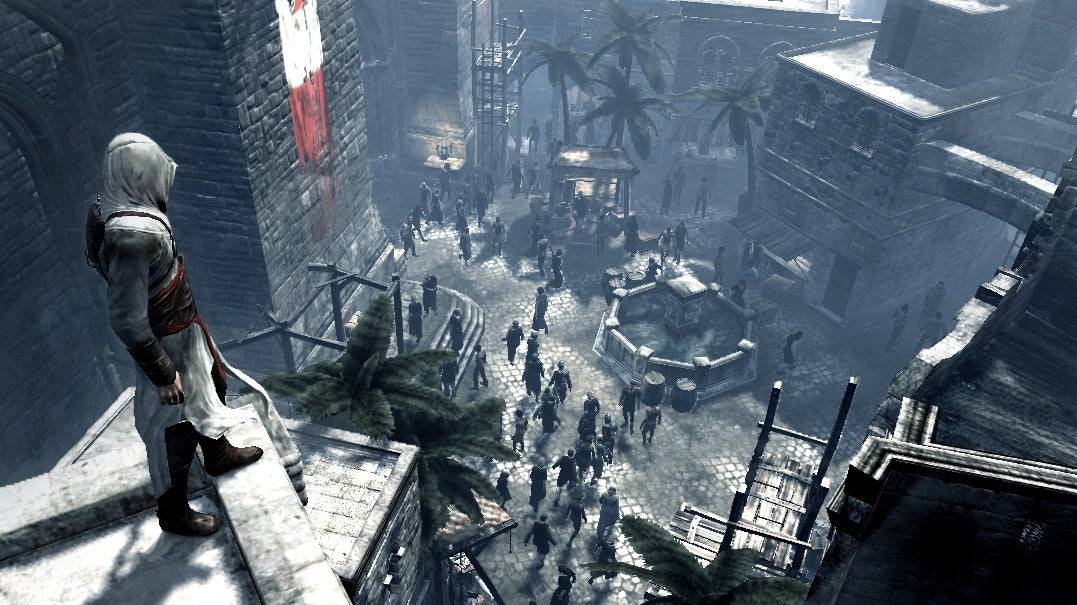
Assassin’s Creed
1191 - Third Crusade
Three centuries later, the Hidden Ones have evolved into the Assassin Brotherhood, while their adversaries, the Order of the Ancients, have transformed into the Knights Templar. During the Third Crusade, Altaïr Ibn-La'Ahad, an Assassin, aims to steal an Apple of Eden from the Templars. Despite initial success, his reckless approach leads to the death of a fellow assassin, prompting a redemption quest to assassinate nine Templar leaders.
As Altaïr progresses, he uncovers the Templars' plan to use the Apple's power for world domination. A shocking revelation comes when he learns that his mentor, Al Mualim, betrayed the Templars to control the Apple himself, intending to impose peace through force. Altaïr kills Al Mualim, taking command of the Brotherhood and thwarting the plot.
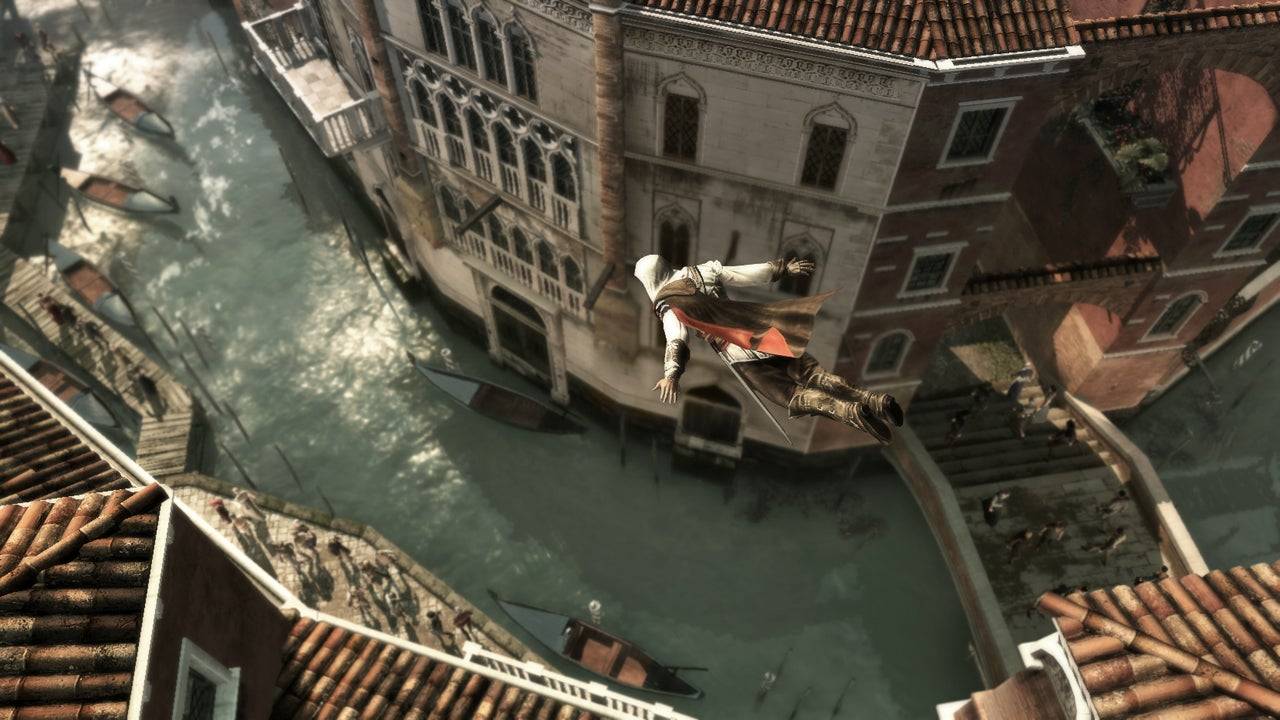
Assassin’s Creed 2
1476 to 1499 - Italian Renaissance
During the Italian Renaissance, Ezio Auditore da Firenze joins the Assassin Brotherhood to avenge his family, executed by the Templars. Equipped with his father's tools and innovations from Leonardo da Vinci, Ezio battles the Templar-aligned Borgia family. His journey leads him to an Apple of Eden, which unveils an Isu vault beneath the Vatican. Confronting the Pope, Rodrigo Borgia, Ezio learns from the Isu Minerva about an impending apocalypse in 2012, hinting at a global network of Isu vaults as humanity's potential salvation.
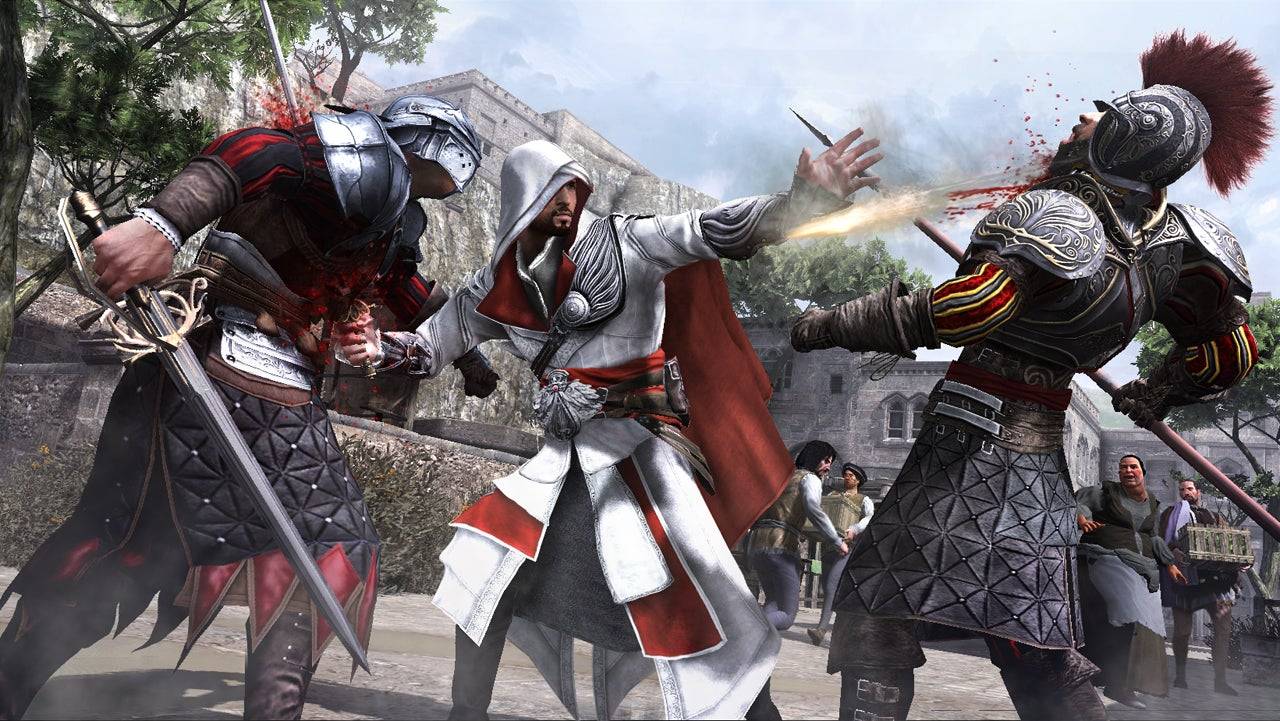
Assassin’s Creed Brotherhood
1499 to 1507 - Italian Renaissance
After sparing Borgia's life, Ezio faces the consequences when Borgia's forces attack his villa and seize the Apple of Eden. In response, Ezio rebuilds the weakened Assassin Brotherhood, becoming the leader of the Italian Bureau. Their efforts dismantle the Borgia regime in Rome, and Ezio secures the Apple in an Isu vault beneath the Colosseum, protecting it from the Templars.
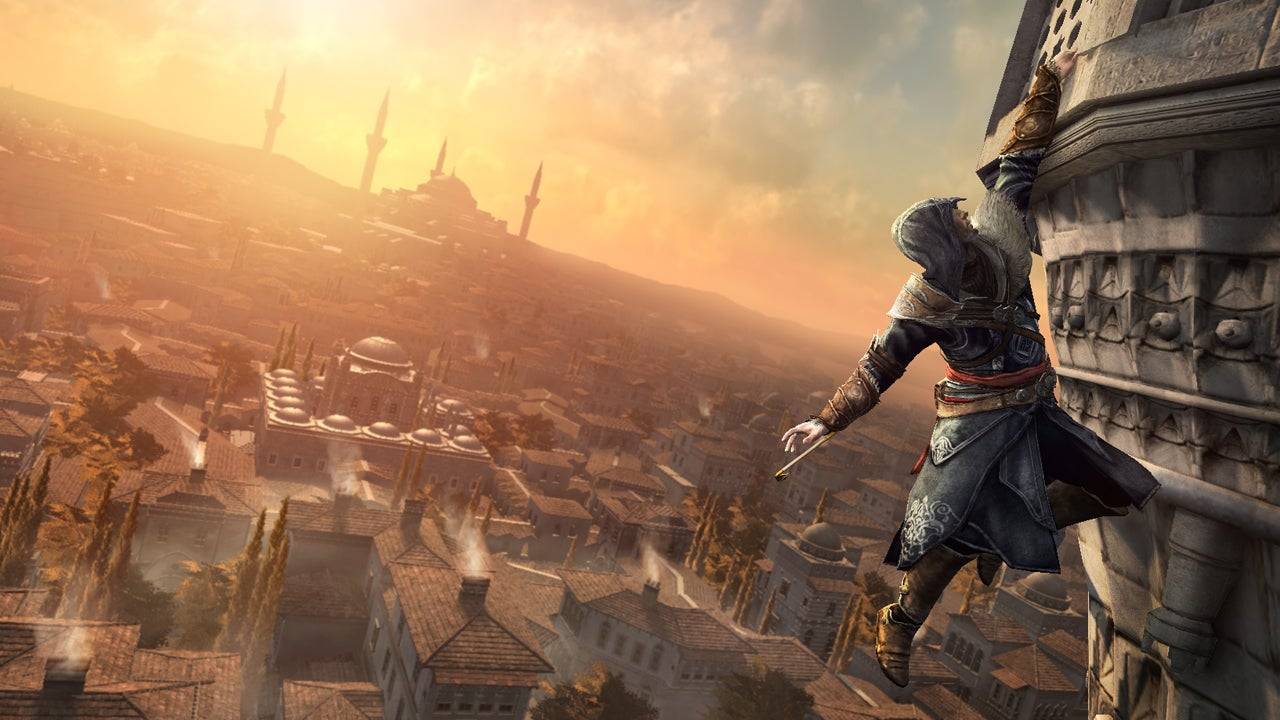
Assassin’s Creed Revelations
1511 to 1512 - Ottoman Civil War
Seeking more knowledge about the Isu, Ezio travels to Masyaf to access Altaïr's library, only to find the Templars already pursuing it. In Constantinople, he allies with the Ottoman Assassins to thwart the Byzantine Templars' plans to restore their empire and secure the library keys. Inside Masyaf, Ezio encounters Altaïr's remains and a message from the Isu Jupiter about crucial data stored in the Grand Temple that could save humanity from future disasters. Honoring Altaïr's wishes, Ezio leaves the Apple sealed and retires, later succumbing to his injuries.
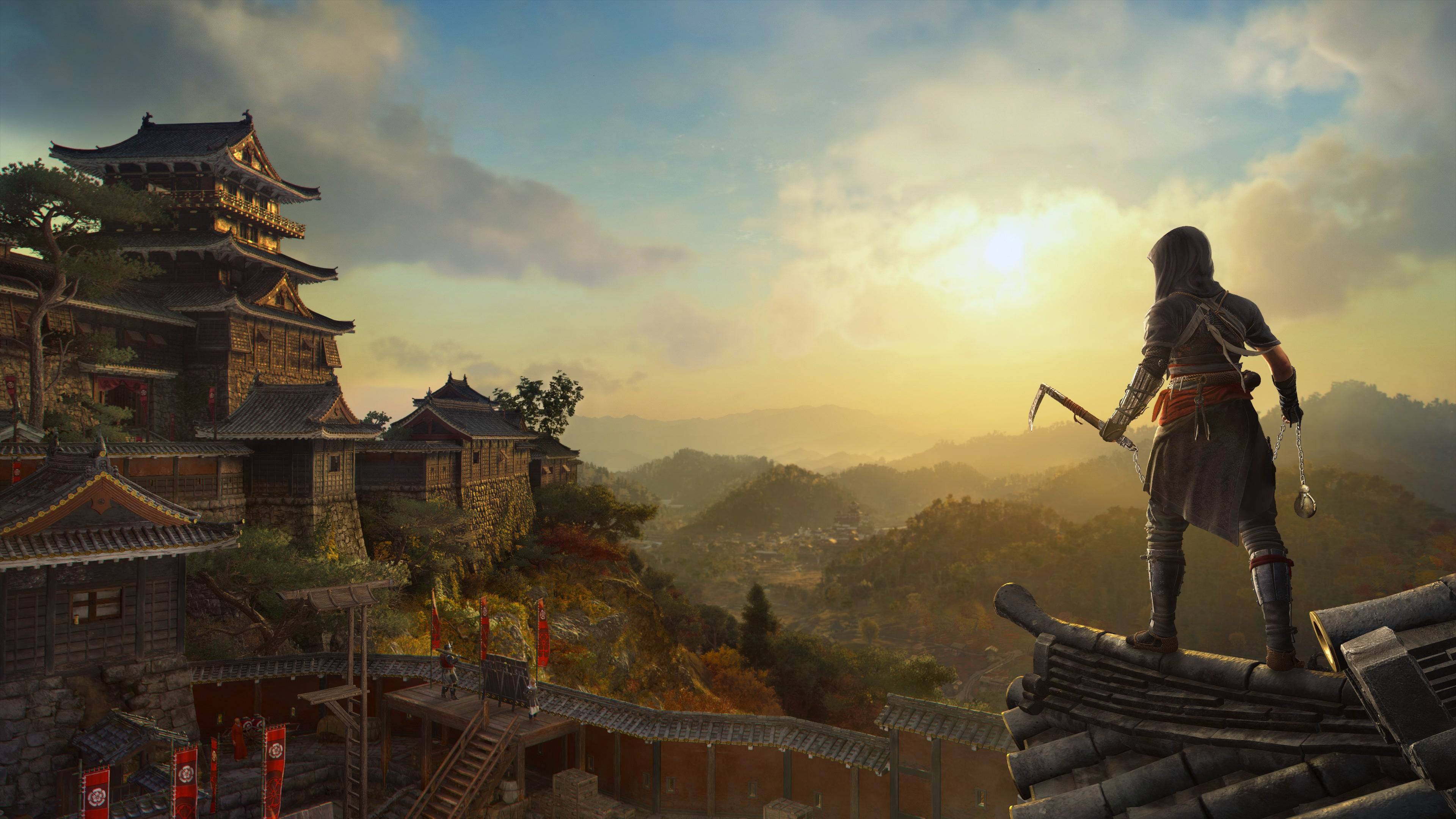
Assassin’s Creed Shadows
1579 - Sengoku Period
While details about Assassin’s Creed Shadows are sparse, it's set during Japan's Sengoku period. An African mercenary, accompanying a Catholic Jesuit missionary, meets Oda Nobunaga, a key figure in unifying Japan. Adopting the name Yasuke, he becomes a samurai and participates in the invasion of Iga province. Here, he encounters Naoe, a shinobi from the opposing side, and the two eventually collaborate toward a common goal.

Assassin’s Creed 4: Black Flag
1715 to 1722 - Golden Age of Piracy
In the Caribbean during the Golden Age of Piracy, Edward Kenway stumbles into a Templar conspiracy after killing an Assassin and assuming their identity. The Templars seek The Observatory, an Isu device capable of global surveillance, requiring the 'Sage', a human reincarnation of the Isu Aita, to unlock it. Edward allies with pirates, including Bartholomew Roberts, the current Sage, to exploit The Observatory for profit. Betrayed by Roberts, Edward eventually retrieves the artifact, assassinates the Templar leader, and seals it away, choosing humanity's safety over personal gain.
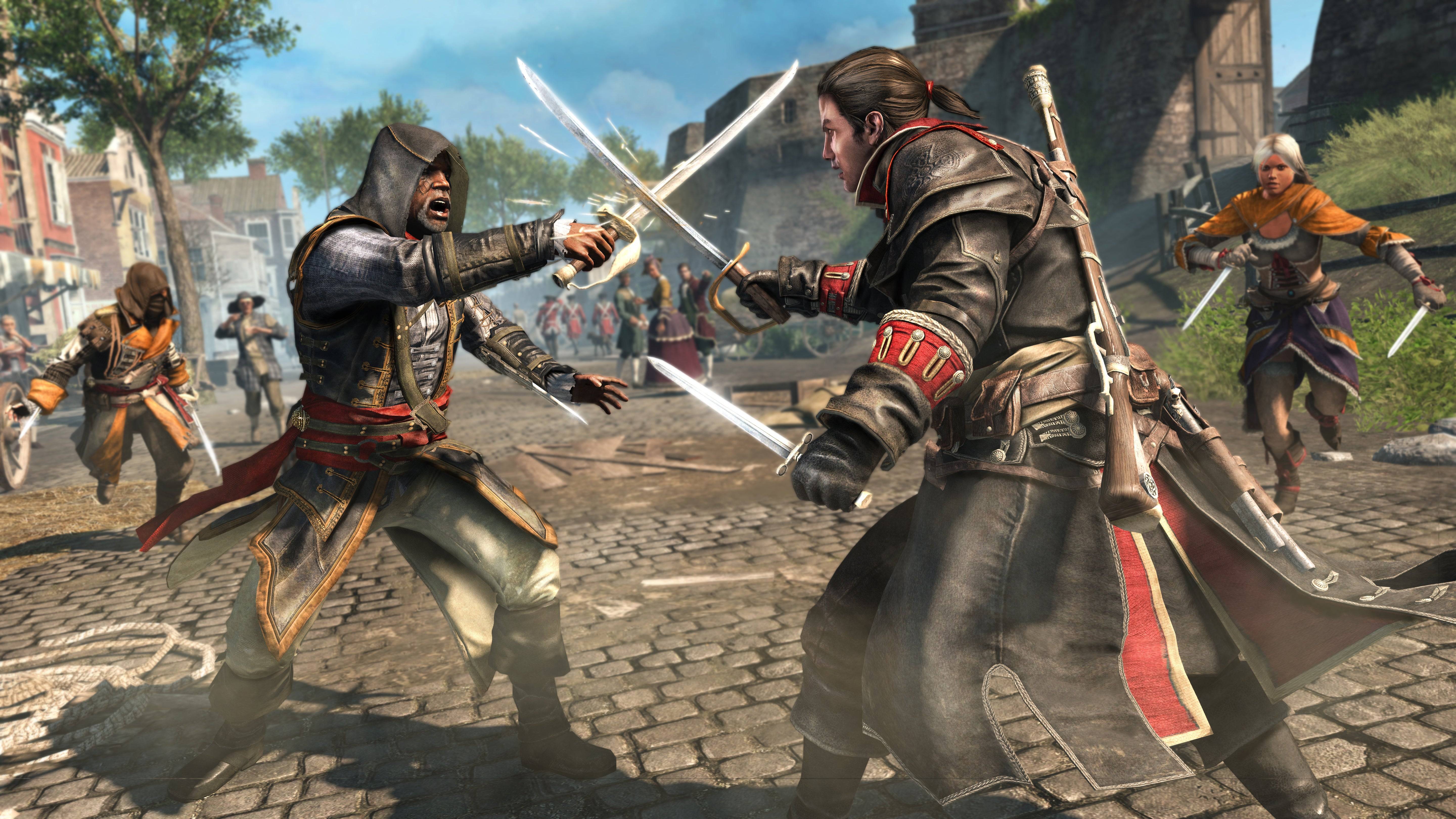
Assassin’s Creed Rogue
1752 to 1776 - French and Indian War
Shay Patrick Cormac, an Assassin, inadvertently triggers a devastating earthquake in Lisbon while retrieving an Isu artifact, prompting his defection to the Templars. Rising through their ranks, Shay targets former allies, culminating in a confrontation with his mentor, Achilles, in the Arctic. There, he and Haytham Kenway, Edward's son, leave Achilles alive to deter further Isu temple excavations. Later, Shay suggests instigating a revolution in France in response to the American uprising sparked by the Assassins.

Assassin’s Creed 3
1754 to 1783 - American Revolution
Haytham Kenway, seeking to unlock the Isu's Grand Temple, murders for its key and journeys to the American Colonies. There, he falls in love with Kaniehti:io and fathers a son, Ratonhnhaké:ton, later known as Connor Kenway. After the destruction of his Mohawk village and his mother's death, Connor joins the Assassins, fighting Templars during the American Revolution. His path leads to a confrontation with Haytham, resulting in Connor killing his father and burying the Grand Temple key, thwarting the Templars' plans.
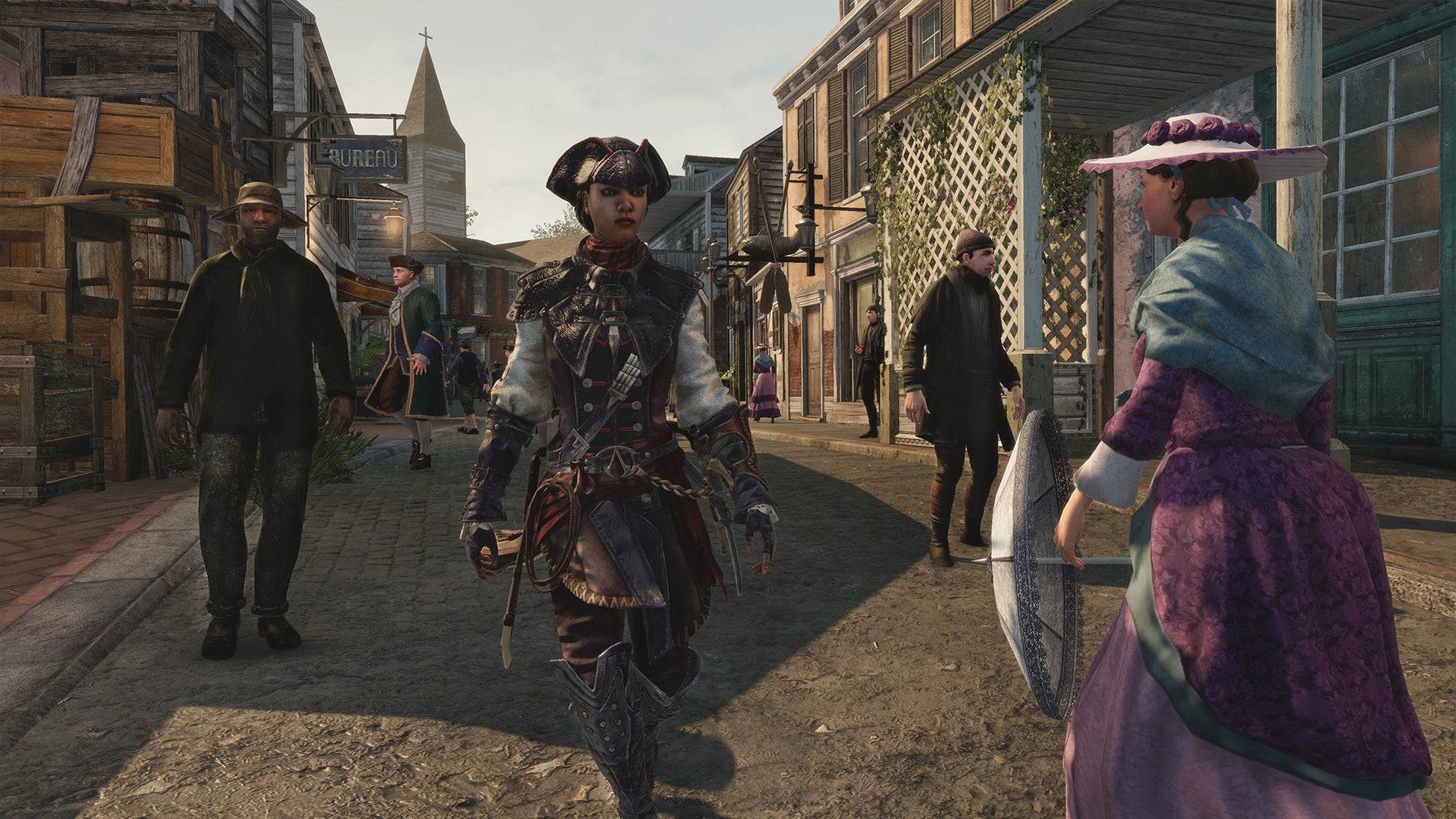
Assassin’s Creed Liberation
1765 to 1777 - Spanish Occupation of Louisiana
Parallel to Connor's journey, Aveline de Grandpré, an Assassin in New Orleans, uncovers a Templar plot to control Louisiana using enslaved people to unearth an Isu temple. Her investigation leads to the discovery of the 'Company Man,' revealed as her stepmother, who intended to induct Aveline into the Templars. After confronting and killing her, Aveline activates the Prophecy Disk, an Isu device revealing the story of Eve's rebellion against the Isu.

Assassin’s Creed Unity
1789 to 1794 - French Revolution
Arno Dorian, orphaned by Shay Cormac, grows up with the French Templars and later joins the Assassins after being framed for murder. His quest to avenge his adoptive father leads him to uncover a Templar faction led by François-Thomas Germain, sparking the French Revolution. Alongside his sister Élise, Arno confronts Germain, who attempts to kill him with an Isu Sword of Eden. The weapon's explosion kills Élise and wounds Germain, who reveals himself as the current Sage before dying. Arno secures Germain's remains in the Paris Catacombs, ensuring they remain out of Templar reach.

Assassin’s Creed Syndicate
1868 - Victorian England
In Victorian London, twin Assassins Jacob and Evie Frye seek The Shroud, an Isu device. They discover the Templars' control over the city through industry and crime. While Jacob focuses on eliminating Templar leaders, Evie races to find The Shroud before the Templars. After the Templar leader Crawford Starrick steals The Shroud from beneath Buckingham Palace, the twins assassinate him and return the artifact to its vault, securing another victory for the Assassins. Jacob later leads the London Assassins, while Evie confronts Jack the Ripper and raises her daughter Lydia as an Assassin. During World War I, Lydia is tasked with dismantling a Templar espionage network in London, led by another Sage.
Transition Period
1914 to 2012
The Assassin’s Creed series incorporates a modern-day framing story. During the transition between the Victorian era and the modern storyline, the Templars establish Abstergo Industries in 1937 as a pharmaceutical company to control the world through capitalism. By the late 1970s, Abstergo develops the Animus, a virtual reality machine allowing users to explore ancestral memories, aiming to control the future through the past.

Assassin’s Creed 1, 2, Brotherhood, Revelations, and 3
2012
In 2012, Desmond Miles is abducted by Abstergo to locate Isu artifacts through his ancestral memories. Aided by Assassin mole Lucy Stillman, Desmond escapes to a safehouse where he explores Ezio's memories, learning of an impending apocalypse. Using Ezio's insights, Desmond finds an Apple of Eden beneath the Colosseum, but Juno, a malevolent Isu, possesses him, forcing him to kill Lucy. Comatose, Desmond continues exploring Ezio's memories, discovering the Grand Temple's location. Upon awakening, he sacrifices himself to activate the Isu technology and prevent the apocalypse, releasing Juno.

Assassin’s Creed 4: Black Flag
2013
Abstergo uses Desmond's DNA to explore Edward Kenway's memories in search of The Observatory. An unnamed researcher, "The Noob," is tasked with this mission and inadvertently uncovers a plot by the modern-day Sage, John Standish, to host Juno. Standish's plan fails, and he is killed by Abstergo security, believing him responsible for hacking their systems.

Assassin’s Creed Unity
2014
Abstergo releases "Helix," allowing the public to experience genetic memories. An Assassin initiate, guided by Bishop, explores Arno Dorian's life to locate the remains of Sage François-Thomas Germain, secured in the Paris Catacombs, out of Abstergo's reach.
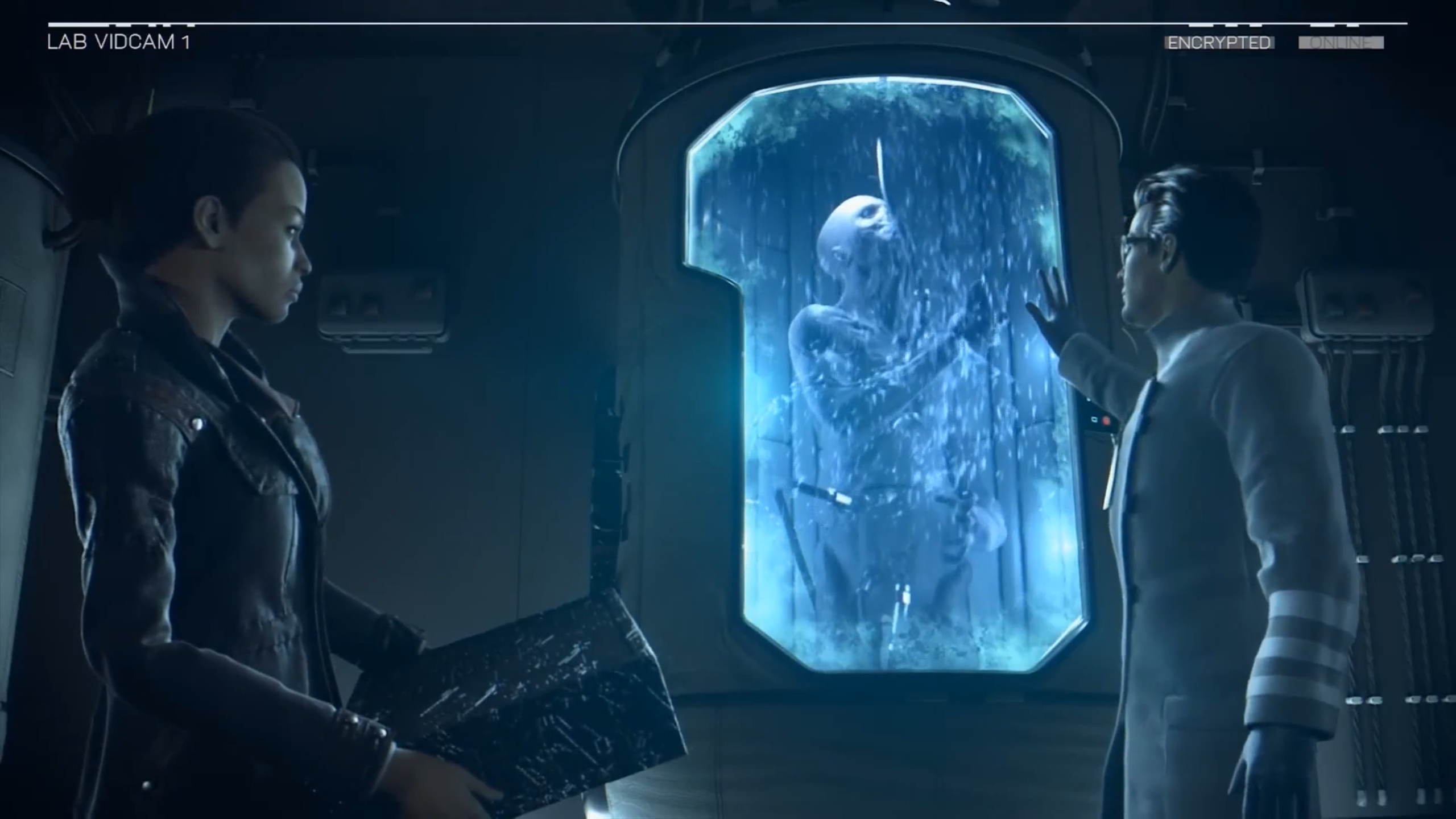
Assassin’s Creed Syndicate
2015
The initiate continues their mission to find The Shroud in London through Jacob and Evie Frye's memories. Abstergo retrieves The Shroud first, planning to create a living Isu. Juno manipulates Abstergo employees to sabotage this plan, but the Assassins, led by Shaun Hastings and Rebecca Crane, intervene, hacking a senior Templar's computer to uncover their intentions.

Assassin’s Creed Origins
2017
Layla Hassan, an Abstergo researcher, develops a new Animus version using DNA samples, bypassing the need for direct descendants. In Egypt, she relives Bayek and Aya's memories, uncovering the origins of the Hidden Ones. William Miles recruits her into the Assassin Brotherhood.
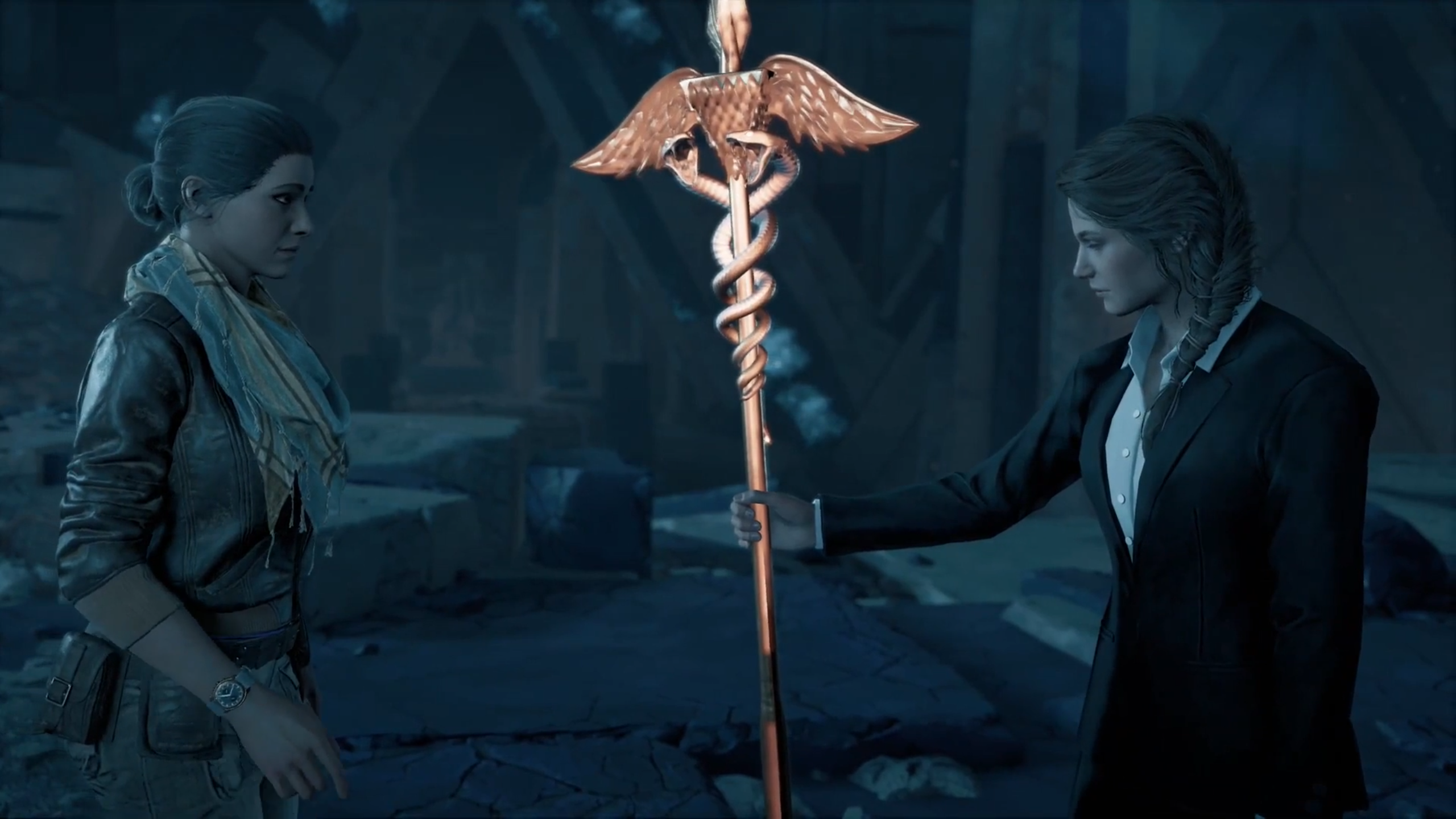
Assassin’s Creed Odyssey
2018
Using DNA from the Spear of Leonidas, Layla explores Kassandra's memories, finding Atlantis. Kassandra, kept alive by the Staff of Hermes, reveals Layla's role in maintaining balance between Assassins and Templars. She gifts Layla the Staff before passing away, relieved of her duty.
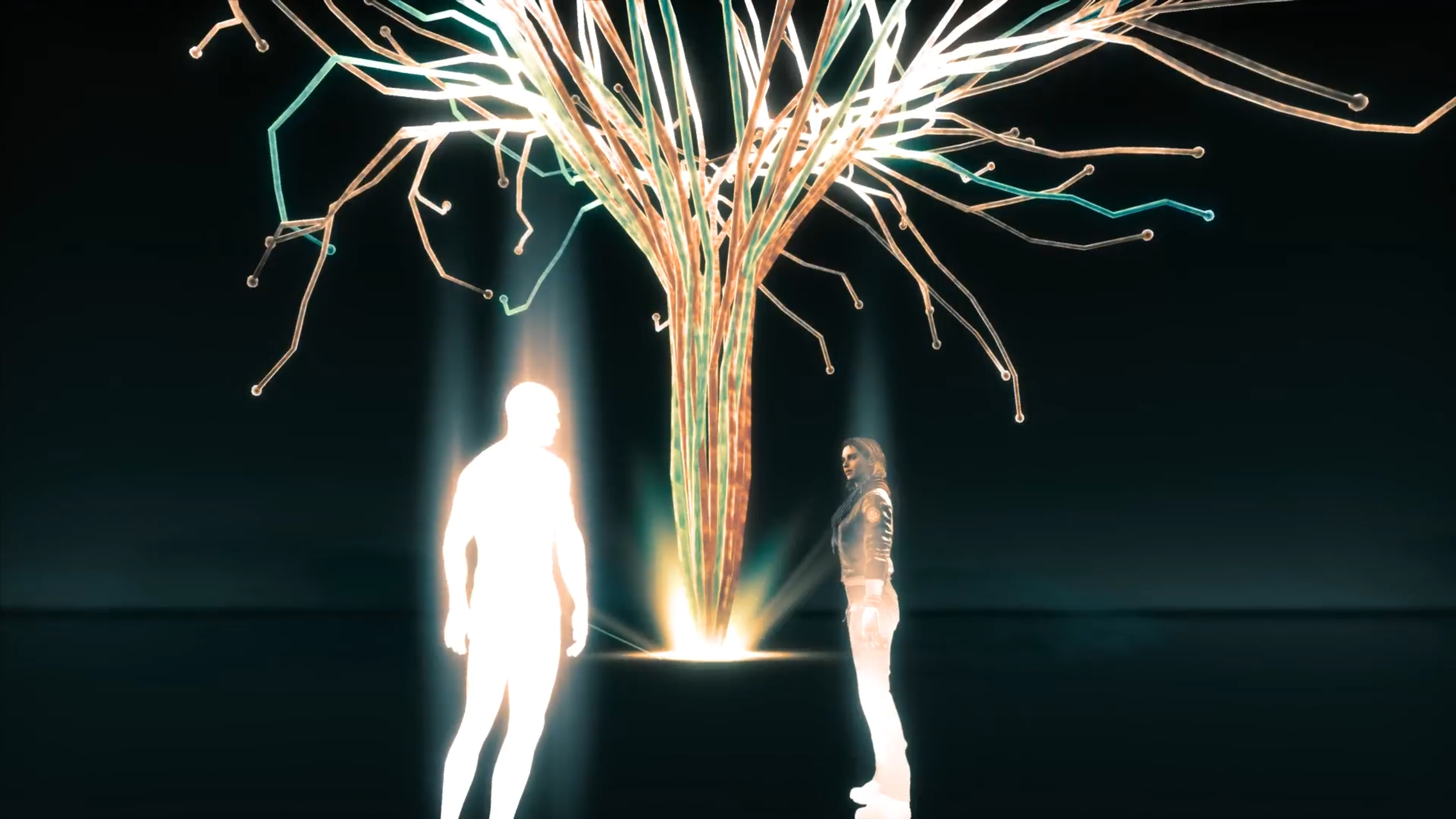
Assassin’s Creed Valhalla
2020
Observing Earth's magnetic field fluctuations, Layla and the Assassins explore Eivor's memories, discovering the Yggdrasil computer in Norway. Layla enters its simulation to stabilize the field, meeting Basim and Desmond's consciousness, "The Reader." She abandons her mortal form to prevent future apocalypses, while Basim escapes and joins the Assassins, using their Animus to search for Loki's children.















